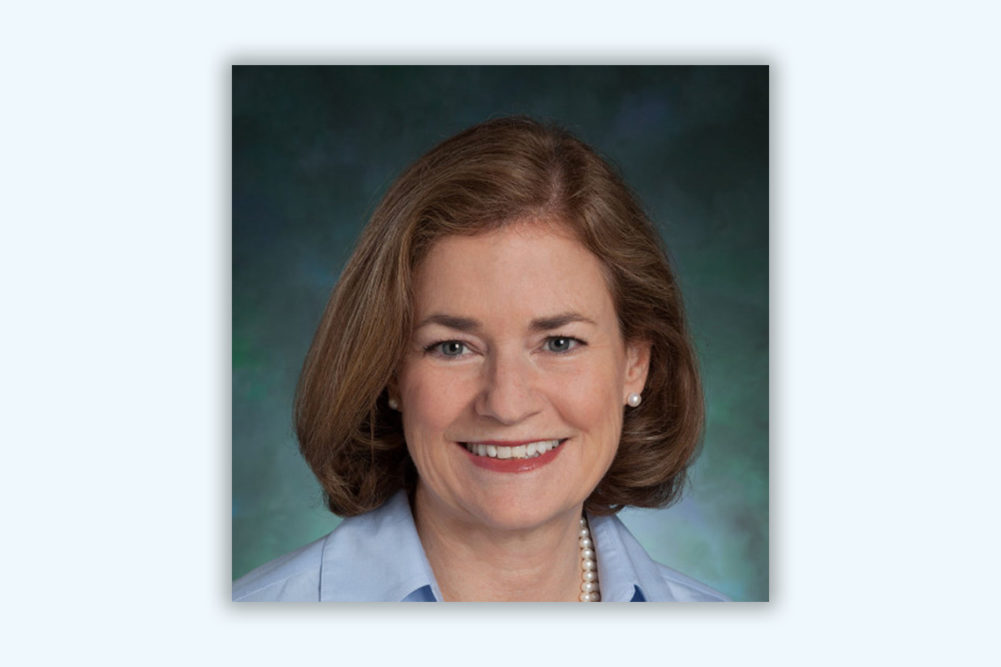CHICAGO — A decrease in unit sales of food and beverages over the past year reflects a wide array of forces, some of them countervailing, an IRI analyst said.
Joan Driggs, vice president of thought leadership for IRI, said price inflation appears to be a major driver of the trend. Many changes in consumer behavior are reflected in the data, including in some cases individuals and families eating less because food has become less affordable, she said.
Of 174 food and beverage categories tracked by IRI, a Chicago-based market research firm, unit sales were flat or down in the 52 weeks ended Aug. 7 for 137 and up in 37. The data covered sales in supermarkets, drugstores, mass market, convenience, military and select club and dollar stores. Within the 174 categories, the median 52-week change was a 2.2% decrease in sales
In many cases, though, the drop in sales reflects a decision to maintain smaller household inventories of food and beverages than was the case in 2020 in response when the COVID-19 pandemic triggered stockpiling/hoarding or even in 2021.
“We’re no longer stocking pantries the way we were in 2020 and partly in 2021,” she said. “In 2021, there was supply chain fear. With inflation, we’re sticking closer to our budget than in the previous years.”
She said shopper skittishness has been captured in consumer sentiment figures from the University of Michigan, which fell to an all-time low of 50 in June, down from 58.4 in May. The data set has been collected by the University of Michigan since the late 1970s.
The fact shoppers are finding fewer price specials also may be weighing on sales, Ms. Driggs said.
“Promotions haven’t bounced back,” she said. “Consumers are shopping around for deals, and they are not finding the level of deals they found pre-pandemic.”
Consumers also may be eating more of what they buy than has been typical in the past, Ms. Driggs said.
“We believe consumers also are being more sensitive to food waste,” she said. “This might have come with new kitchen skills people have gained since the start of the pandemic. These may be resulting in less waste.”
Ms. Driggs cautioned that unit sales and volume are not identical, and there have been shifts in consumer behavior that point toward purchasing products in larger quantities, meaning more volume per unit, in part as a response to higher prices.
“Consumers are definitely shopping in more channels than in the past,” she said. “If you look across the channels, the club channel has gained the greatest share of the omni-retail landscape (excluding online shopping). With all the stimulus money, people were investing in club memberships and are repairing the value of it.”
Anecdotally, she said club memberships are being “shared” among friends and neighbors as inflation persists with groups “collaborating” on large volume purchases from club stores and dividing the product.
At the same time, she said “shrinkflation” has led many consumer packaged goods companies to offer products in smaller package configurations than in the past to limit price increases, a shift that could result in more unit sales over time.
A factor that likely has contributed to the decrease in unit sales and perhaps to an increase in food insecurity or hunger is the expiration of the child tax credit at the end of 2021, Ms. Driggs said. She noted that legacy government food assistance programs such as the Supplemental Nutrition Assistance Program (SNAP) and the Special Supplemental Nutrition Program for Women, Infants and Children (WIC) remain in place and are helpful.
“A promising SNAP development is that families are now able to use benefits online in all but a couple states,” she said. “That has happened recently.”
Also promising is that a shift toward more at-home consumption than was the case before the pandemic appears to be continuing.
“That’s remaining — 20% to 30% of the workforces continues to work at home,” Ms. Driggs said. “That’s a significant barometer that at-home share will remain very high. About 85% of meals are consumed at home versus 15% at foodservice, which is a major change.”






